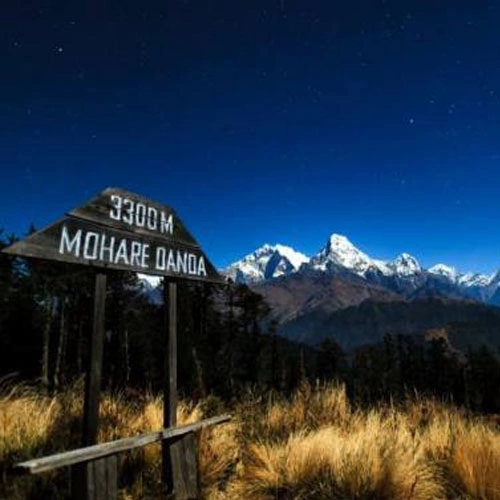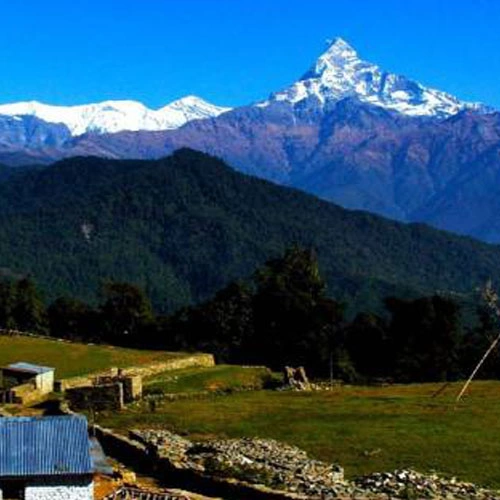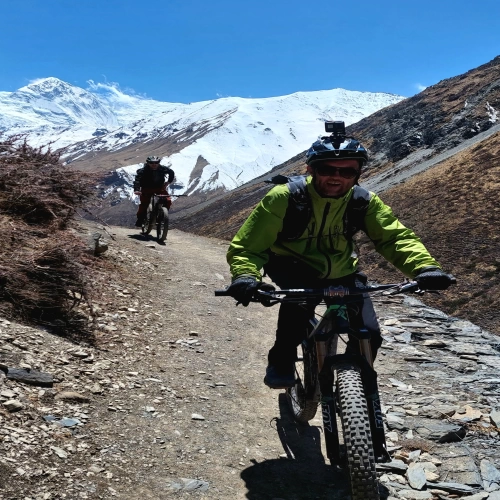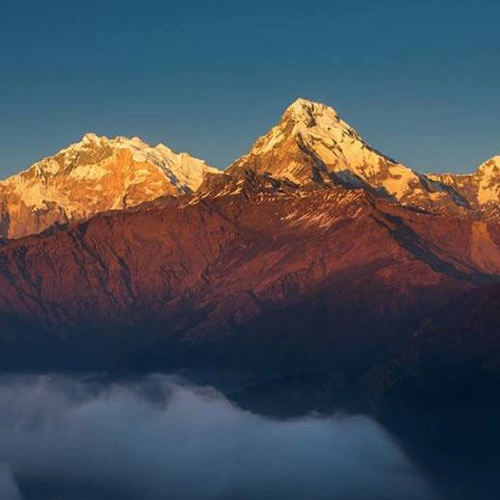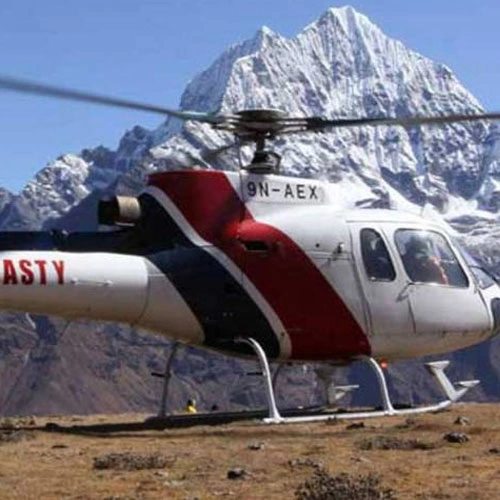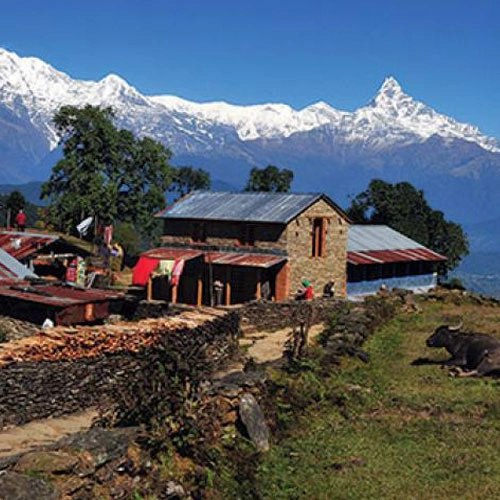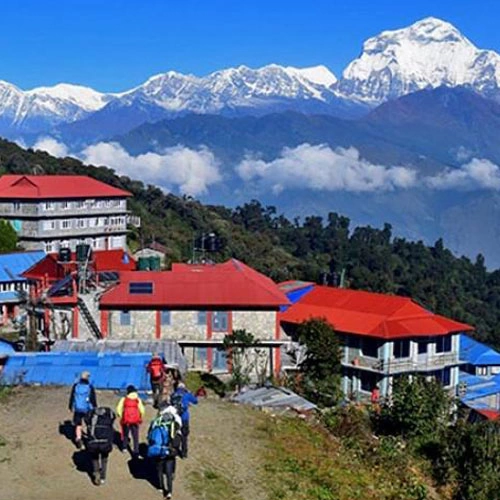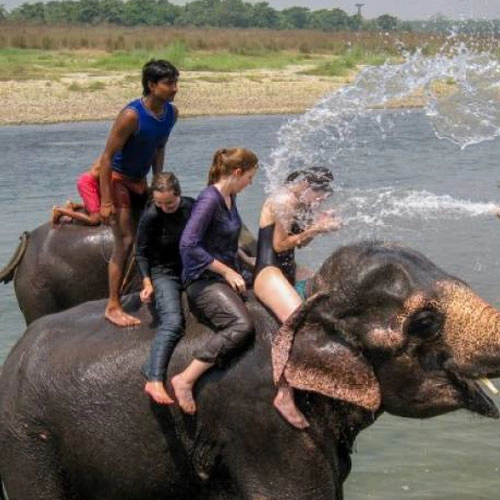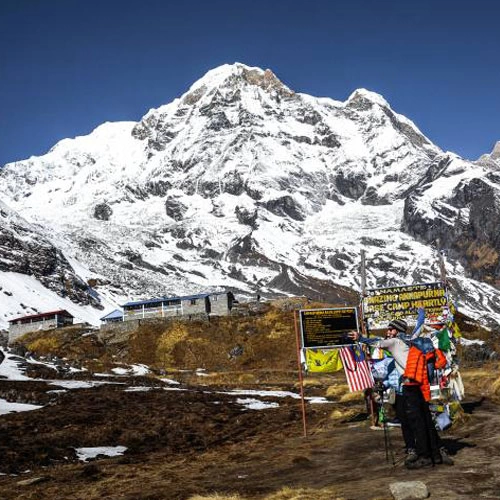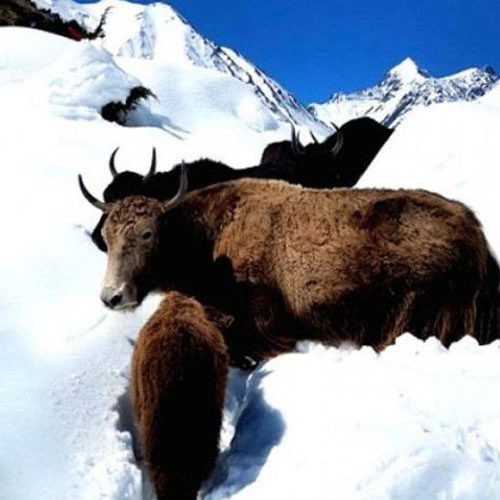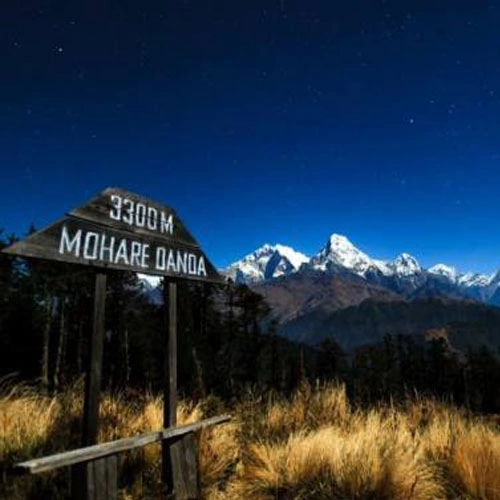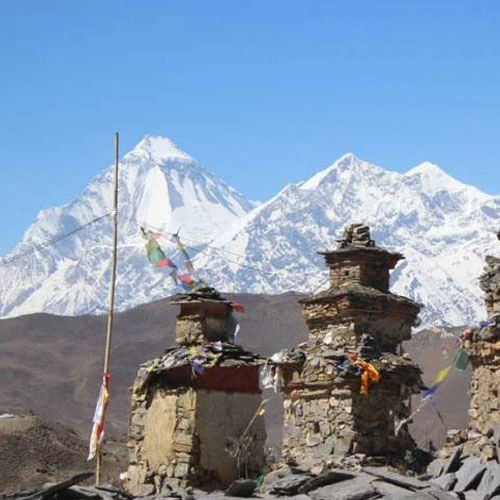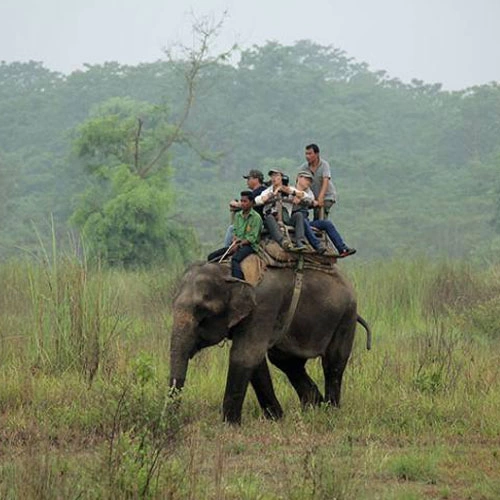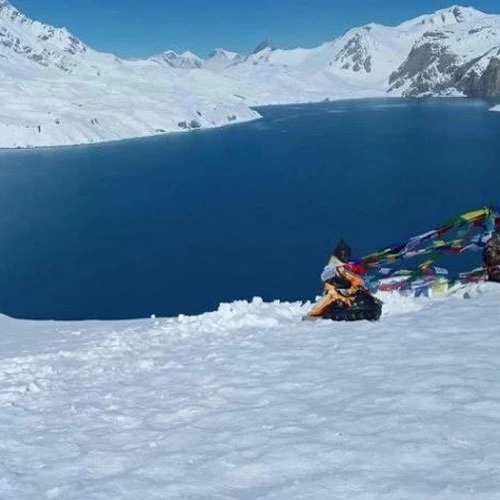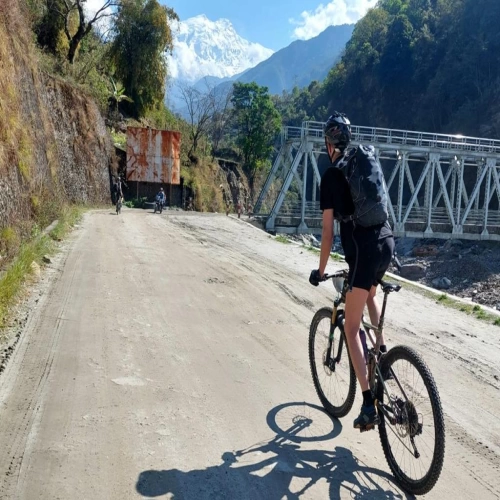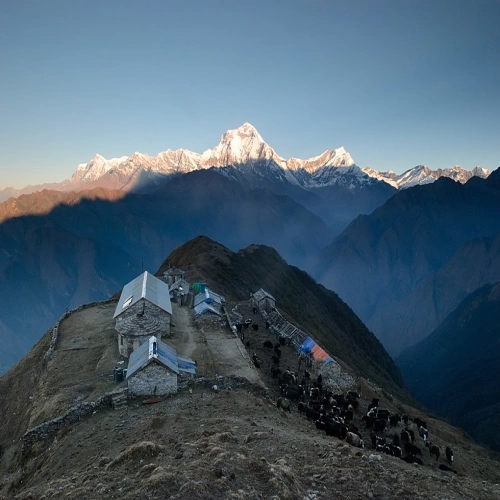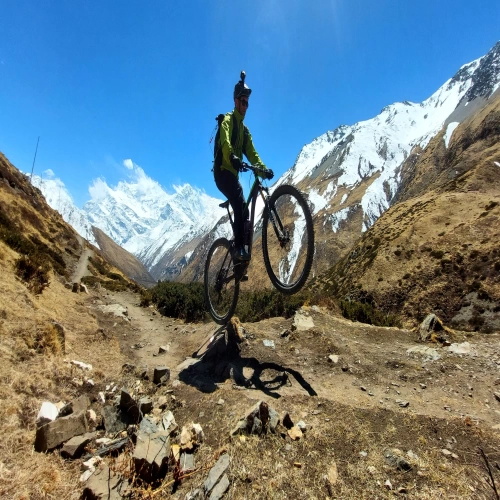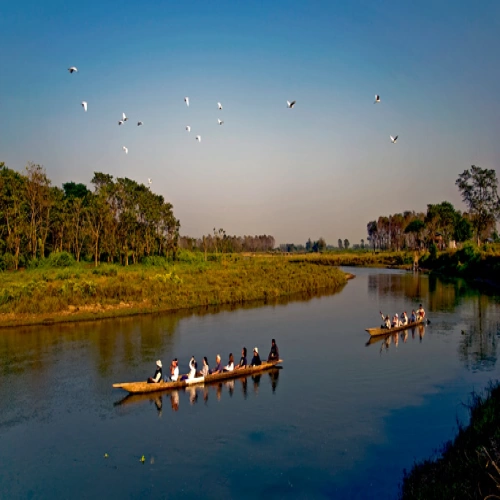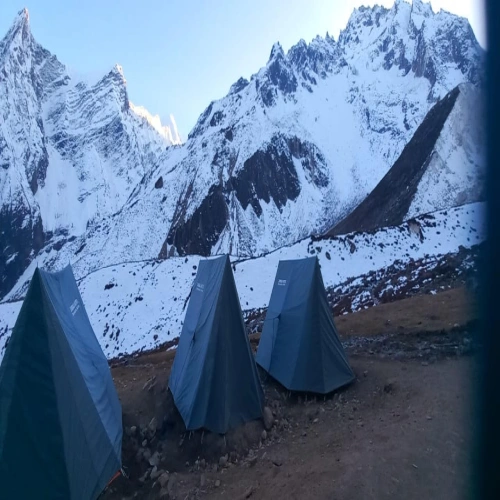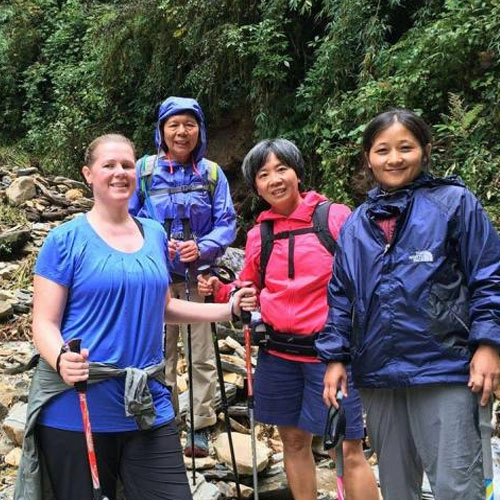Annapurna Region
The Annapurna trekking region lies in the north-central of Nepal, Gandaki province, under the belt of the largest conservation area of the country, the Annapurna Conservation Area, encompassing an area of 7,629 square kilometers stretching across some popular trekking stopovers of the region: Manang, Mustang, and Jomsom, along with the culturally distinctive Himalayan villages, home to at least seven ethnic communities: Kaski, Myagadi, and Lamjung, nourished primarily by the tenth highest mountain in the world, Annapurna (8,091 m), which serves as the major source of glacial lakes such as Tilicho, Gangapurna, Dhampus, and Ice, as well as the scenic and diverse landscapes.
Usually varying sort of trek to the Annapurna region, rising in popularity by three times than the Khumbu/Everest region due to comparatively easy access with no lesser majestic beauty, commences from the tourist hub of Nepal, Pokhara, and follows the old salt trading route of the Kali Gandaki Valley Gorge, inhabited by more than 440 species of birds and other broad range of fauna, including the flora playing hide and seek with the stunning backdrops of the Annapurna and Dhaulagiri mastiff predominantly. When favored, nobody can stop you from witnessing snow leopards, Himalayan black bears, naughty grey langur monkeys, etc. A trek here is a must to relish in the raw Himalayas and their flourishing authentic cultures and traditions.
